- Home
- Tax Filing
- Forms
IRS Tax Forms
Get Explanations & Examples
IRS tax forms will provide you with explanations and examples of several of the main income and expense reporting documents.
We will take a look at Schedule C for small businesses, Schedule E for rental real estate properties, K-1 for estates, corporations and partnerships along with form 1040 for individuals.
By walking through each of the line items and providing details regarding what should be included on each line, you will gain a greater understanding of what to do on your income tax filing.
IRS Tax Forms - 1040 For Individuals
Income tax preparation form 1040 is the primary personal income tax reporting system that is used for declaring the summary total of all personal and small business income and deductible expenses for each year.
There have been many ongoing changes made to the format. The early release draft shows that it will now made up of the following primary features:
- Name, address, tax identification number, dependents.
- Wages, salaries, tips, etc (W-2 employee earnings)
- Interest Income (1099-INT)
- Dividend Income (1099-DIV)
- IRA, Pensions, and Annuities (1099-R)
- Social Security Benefits (SSA)
- Standard or Itemized Deduction
- Qualified Business Income Deductions
- Child Tax Credits
- Other Taxes
- Federal Income Tax Withheld From Forms W-2 and 1099
- Refundable Credits (EIC, Sch 8812, Form 8863)
- Amount to be refunded or amount owed
- Routing and Account Number
- Estimated Penalty
- Signature
You can see an example draft form 1040 copy here
IRS Tax Forms - Schedule C For Small Business
You should use Schedule C for small business when reporting income or loss from a business that you operated or a service you provided as a sole proprietor.
Activities that qualify as a business are those you are engaged in for income or profit on a regular and continual basis. The form is made up of the following items:
- Name, Tax ID, Business Code, Business Name, Address
- Accounting Method (Cash, Accrual)
- Participation, Started, Filing of Form 1099
- Gross sales and receipts (all income from business activities)
- Returns
- Cost of Goods Sold (Materials, Labor)
- Expenses (Advertising, Car, Computer, Office Furniture, Depreciation, Shredder Equipment, Insurance, Interest, Lighting, Legal & Professional, Office Supplies, Rent or Lease, Repairs & Maintenance, Taxes & Licenses, Travel, Meals & Entertainment, Utilities, Wages, Other expenses)
- Business Use of Home
- Net Profit or Loss
You can see a sample 2017 schedule C copy here
IRS Tax Forms - Schedule E for Rental Properties
Schedule E is the tax form that is used for rental real estate properties to report income and loss from rentals, royalties, partnerships, S Corporations, estates and trusts.
The 2018 draft copy of the Schedule E shows the following attributes:
- Name, Tax ID
- Property Address
- Type of Property
- Days Rented, Personal Days
- Rents/Royalties Received
- Expenses (Advertising, Auto & Travel, Cleaning and Maintenance, Commissions, Insurance, Legal and Professional Fees, Management Fees, Interest, Repairs, Supplies, Taxes, Utilities, Depreciation, Other (HOA)
- Summary of all properties
- Income or Loss from Partnerships and S Corporations
- Income or Loss from Estates and Trusts
- Income or Loss from REMICs
You can see a draft copy of the 2018 Schedule E Here
IRS Tax Forms - K1 For Partnerships
Schedule K-1, Form 1065 is a tax document that is issued for an investment in partnership interests. The purpose is to report your share of the partnership's income, deductions and credits.
It is issued around the same time as Form 1099 and serves a similar tax reporting purpose. The main items you will find on the Schedule K-1 are:
- Partnership Tax ID, Name, Address, IRS Center, PTP
- General, Limited, Domestic or Foreign Status
- Beginning and Ending Profit, Loss and Capital %
- Partner's Share of Current Year Income, Deductions & Credits (Ordinary Income, Rental Real Estate, guaranteed payments, interest income, dividends, royalties, capital gains & losses, collectibles, section 179 deduction, self-employment earnings, credits, distributions)
You can see a sample copy of the 2017 Schedule K-1 Here
IRS Tax Forms - S-Corporations
IRS tax forms are vital for S-Corporations (S-Corps) when reporting financial information to the Internal Revenue Service. The key forms commonly used by S-Corps include:
Form 1120S: S-Corporations file Form 1120S to report their income, deductions, and credits. It also provides information on shareholders' allocated shares of income, losses, deductions, and credits.
Schedule K-1 (Form 1120S): Shareholders receive a Schedule K-1, which reports their share of the S-Corporation's income, losses, deductions, and credits. Shareholders utilize this information for their personal tax returns.
Form 2553: S-Corporations file Form 2553 to elect S-Corp status, indicating their intent to be treated as an S-Corp for tax purposes.
Form 7004: S-Corps can request an extension using Form 7004, granting them additional time to file Form 1120S. This extends the filing deadline from March 15th to September 15th.
Form 941: S-Corps with employees file Form 941 to report wages, federal income tax withheld, and Social Security and Medicare taxes.
Form 940: If an S-Corp had employees and paid wages of $1,500 or more, it must file Form 940 to report federal unemployment tax.
Accurate completion and timely filing of these forms are crucial for S-Corps to comply with IRS regulations. Seeking professional assistance or using tax software can simplify the process and ensure proper filing. Meeting deadlines and providing accurate information helps maintain compliance and avoids potential penalties or audits.
More About Income Taxes
- Cannabis Business Taxes
- Estimated Tax Payments
- Income Tax Deductions
- Income Tax Filing
- Income Tax News
- Income Tax Resolution
- Income Taxes 101
- Need For Honest Tax Professionals
- Tax Policies For California Competes
- Tax Organizer
- Tax Preparation Services
- Tax Relief
- Tax Trivia
Please subscribe to my monthly newsletter, Bookkeeping Basics E-zine. It tells you every month about the new information that I have added, including some great tips and advice from myself and other Bookkeeping Basics readers.
Like Bookkeeping-Basics.net?
- Home
- Tax Filing
- Forms
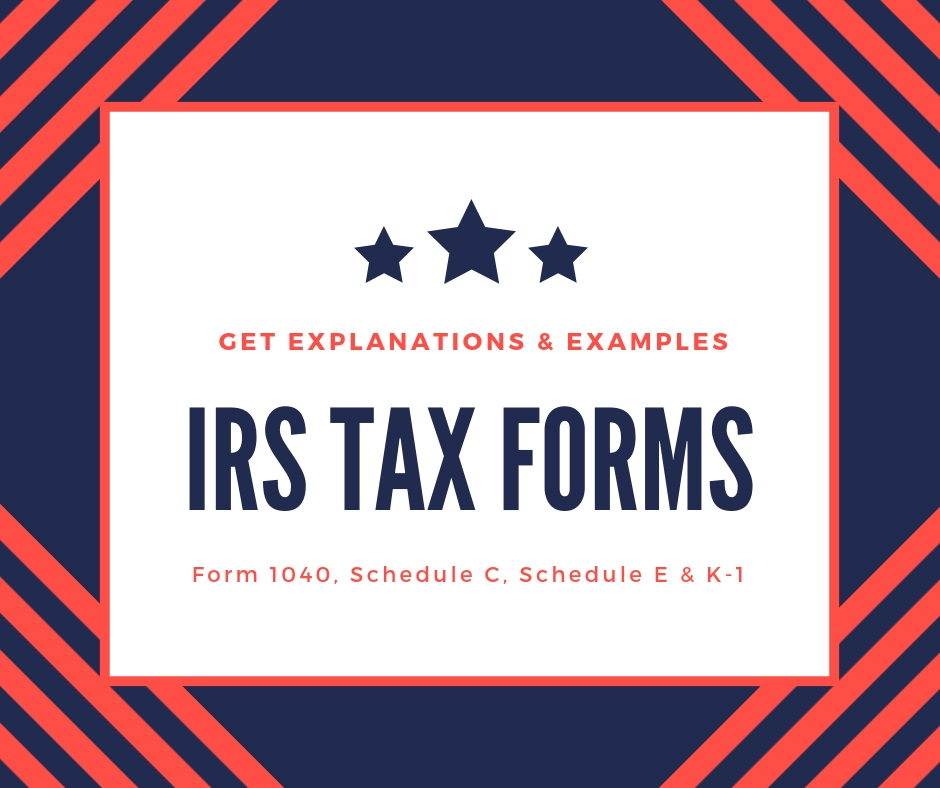
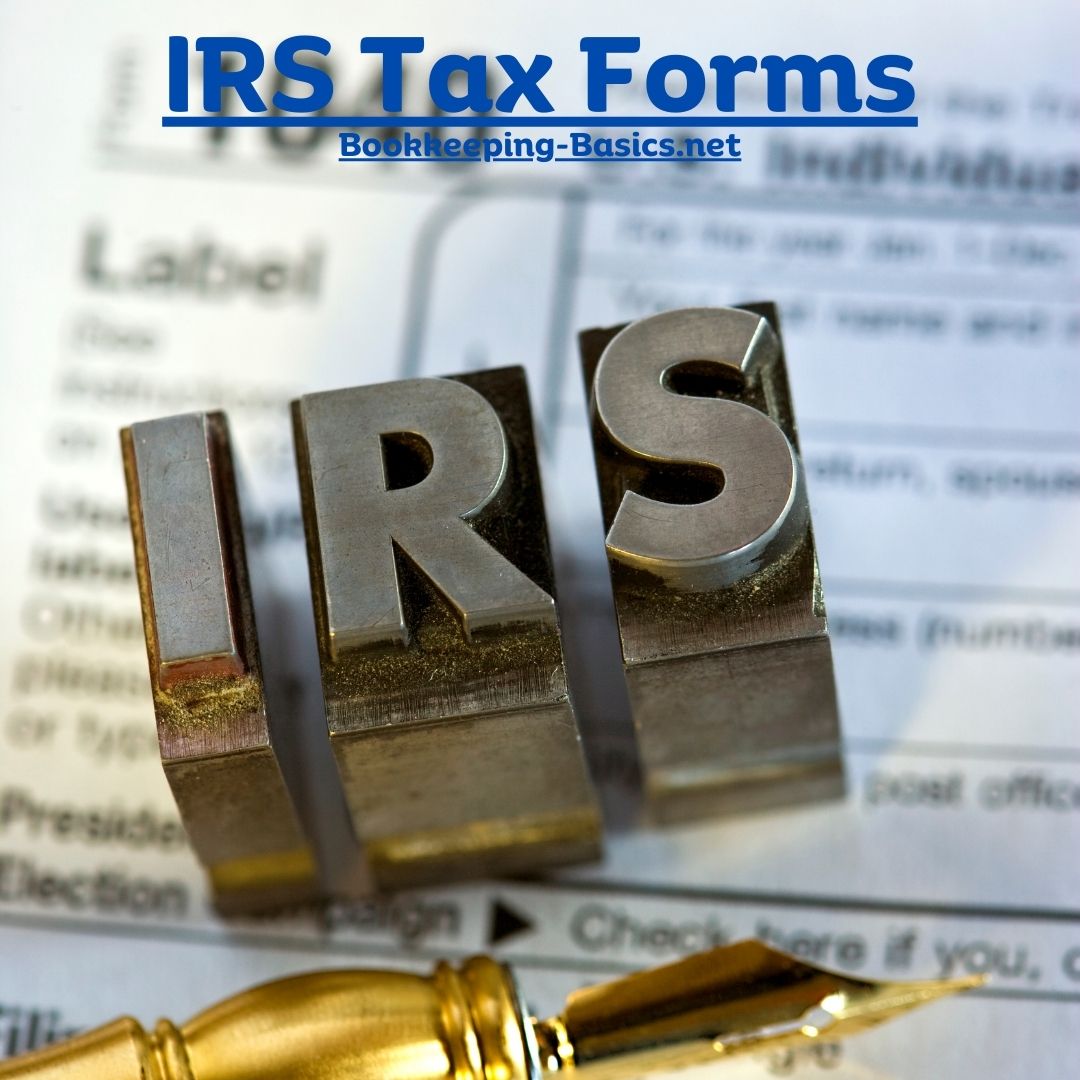

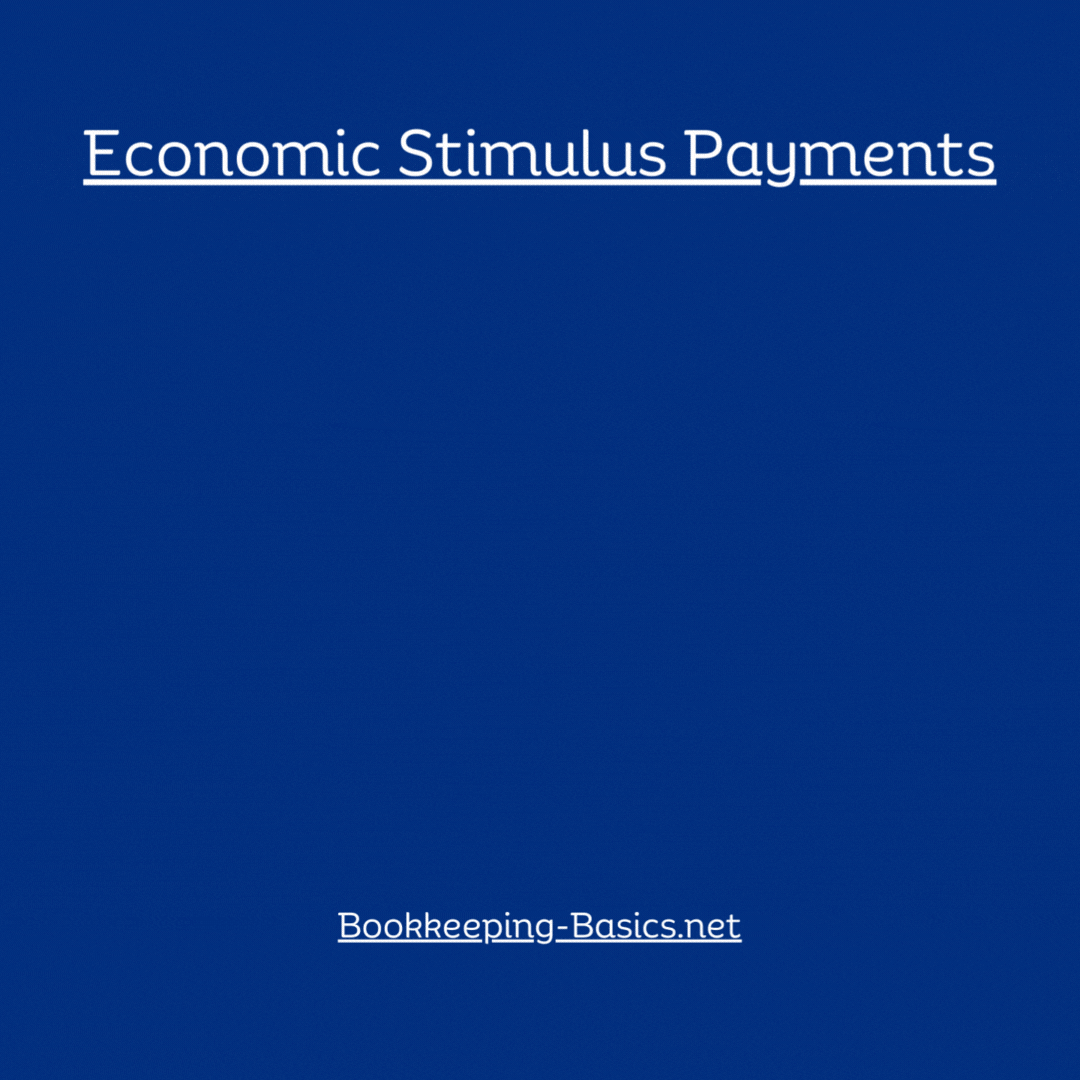
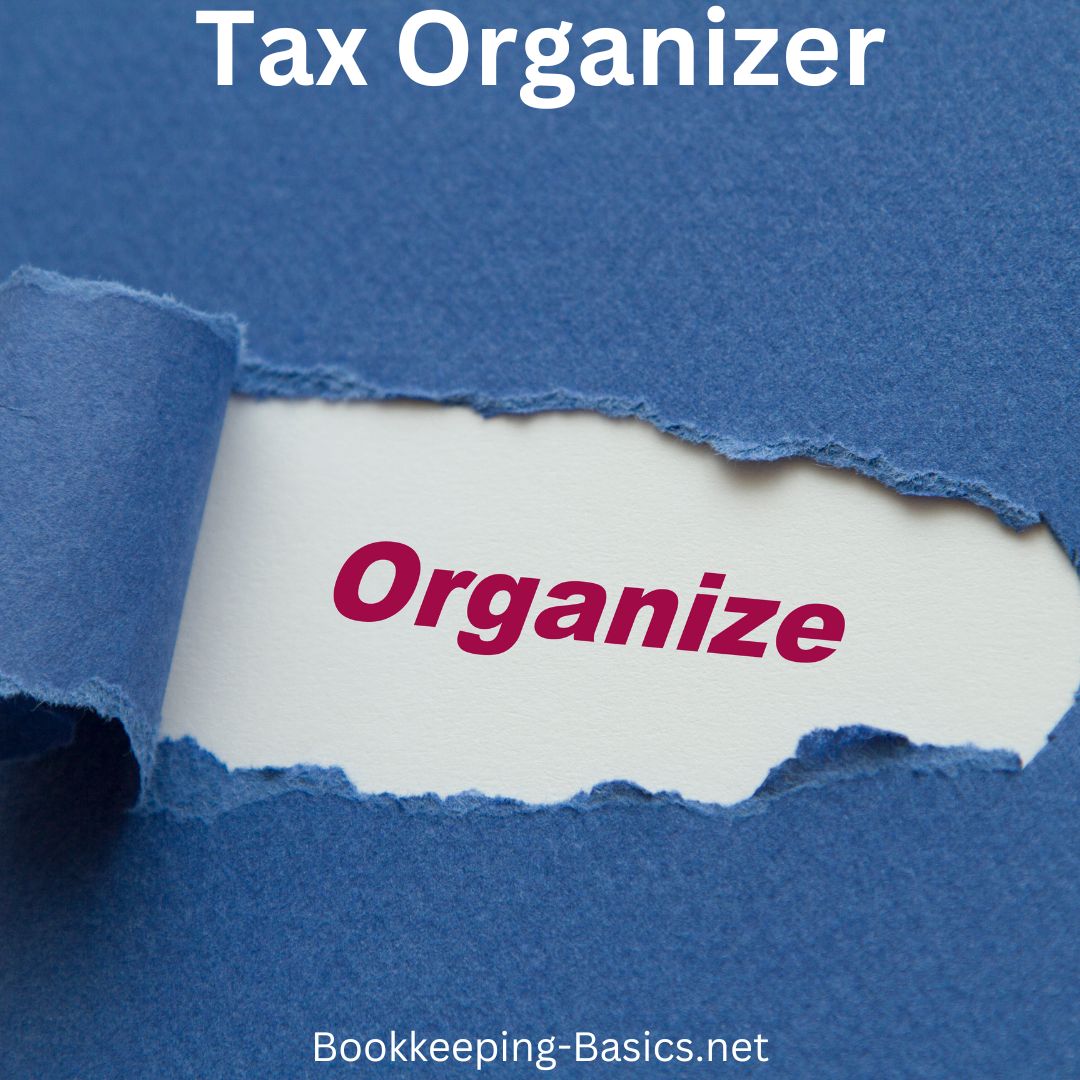





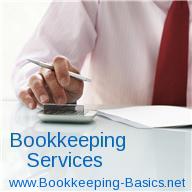

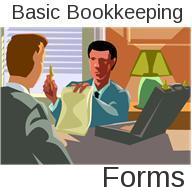


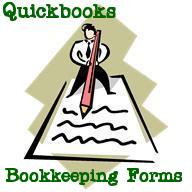
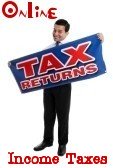
New! Comments
Have your say about what you just read! Leave me a comment in the box below.